Travelers undertake journeys for the love of culture to know and learn about the context of a locality as people have lived it, and go there to experience it firsthand.
Culture takes many forms—crafts, architecture, temples, shrines, performing arts, all sorts of tangible and intangible things, as well as food, vernacular customs rooted in daily life, and the values and lifestyles of the local people.
In this series, I will focus on how to learn about and experience culture in the broad sense, with two people who are involved in culture and tourism in places where I have traveled.
Page Index
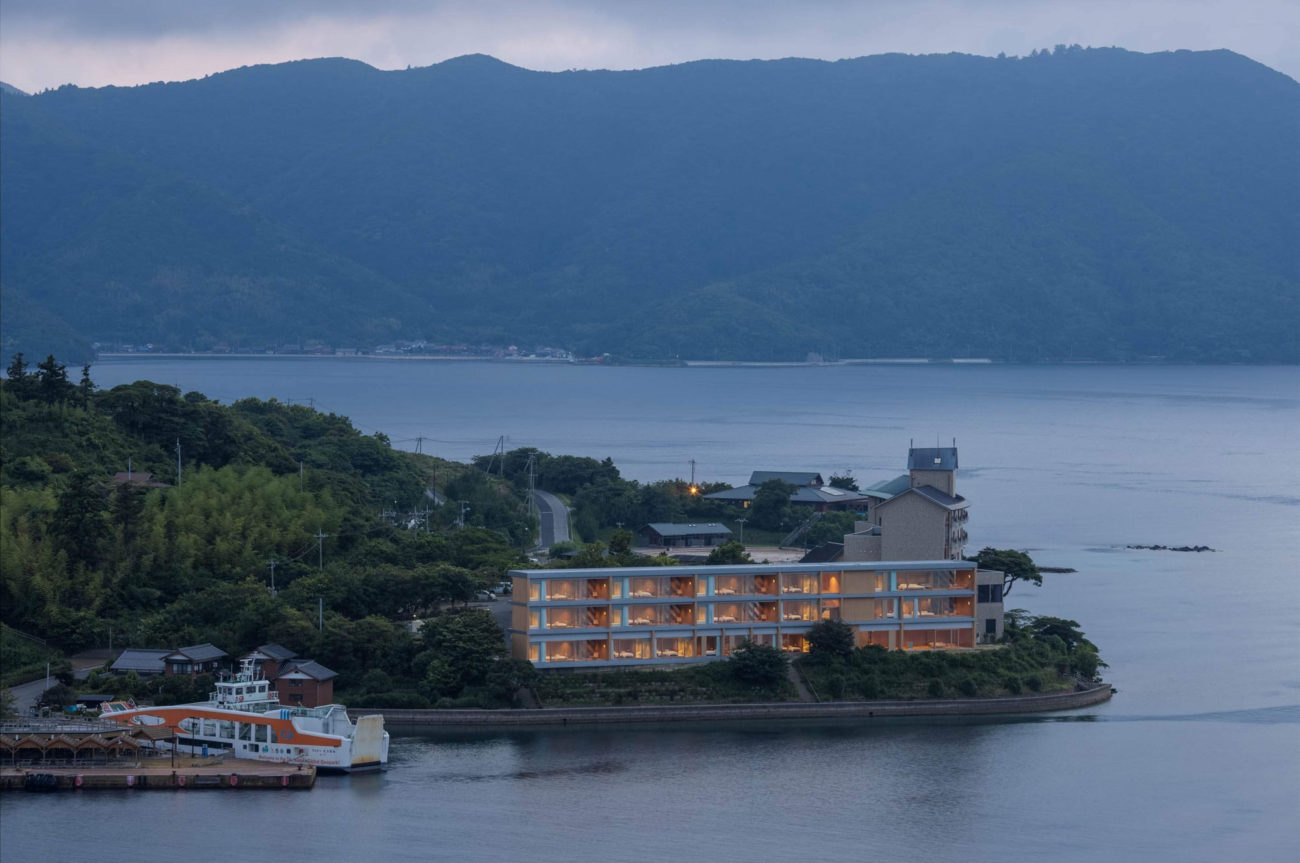
This time, the setting is the town of Ama, in the remote Oki Islands of Shimane Prefecture.
I spoke with Atsushi Aoyama, who established a base facility for overnight stays named “Entô” in Ama, a town in the Oki Islands UNESCO Global Geopark, and Kozue Chiba, who is involved in various design and cultural projects for the island while affiliated with the tourism-related company Oki Ofusha.
I stayed at Entô for the first time in July 2021, only three months after it opened. Aoyama-san’s explanation at that time left a deep impression on me:
I feel that is the spirit that people who love culture seek from travel: in a world awash with information, they want to remove themselves from their everyday lives, seeking how best to see things at their destinations just as they are. There must be something essential that can be grasped only when our sensitivity is sharpened by departing from the everyday. That is the spirit of the various michi or do—“paths” or “ways” or disciplines practiced in traditional Japanese culture.
“Hotels tend to add on things in pursuit of convenience. Entô, however, seeks to pare down and minimize in order to encourage visitors to focus their attention on the environment and landscape of Oki. More than a hotel, Entô’s function is to show what Oki is”.
I also spoke with Chiba Kozue, to whom I was introduced by Aoyama-san, and who brings in the perspective of a freelance organizer, to explore how best to travel in Oki. What she proposes might be different from typical “cultural tourism,” but here I try to describe what kind of experience would be good for people who travel “for the love of culture.” This series will illustrate what such journeys can be.
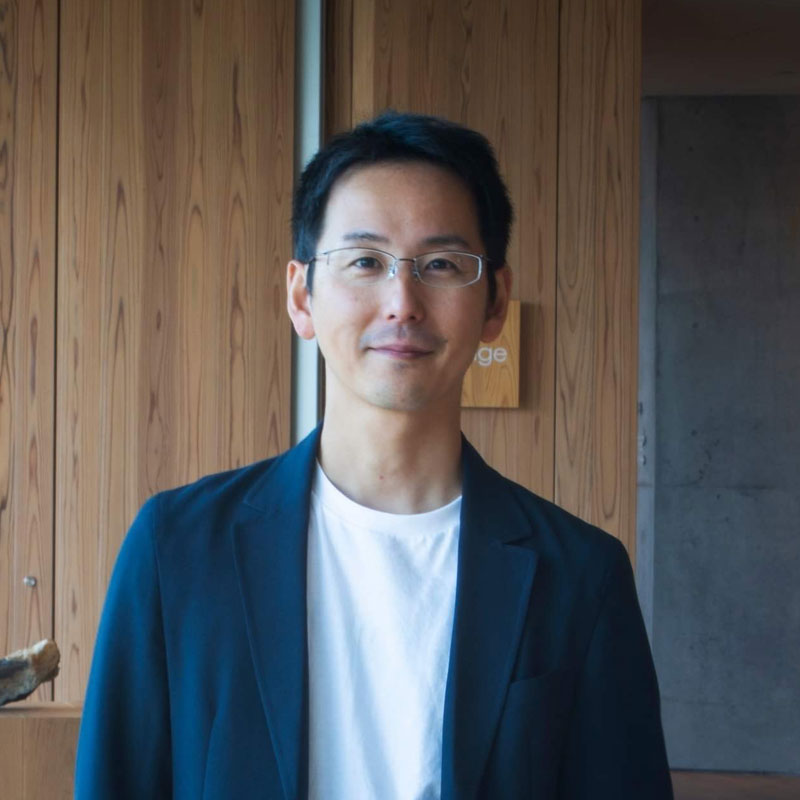
Aoyama Atsushi, Entô CEO
Born in Kitahiroshima, Hokkaido in 1983, Aoyama grew up playing baseball in Sapporo. He attended university in Tokyo. He heard about the Oki Islands from a university alumna with whom he had participated in activities to support developing countries, and moved to the town of Ama after graduation. As an employee of the Ama Town Tourism Association, he worked on branding of “Travel to Ama” tours and was in charge of planning and managing the “Island Conference” organized to discuss the character of remote places like Ama. In 2013, he launched the Shima Factory Inc., a subsidiary of the Tourism Association, and operated a travel and linen supply business. He became CEO of Ama Inc. in 2017. In July 2021, he opened Entô to provide overnight lodging based in the local geopark.
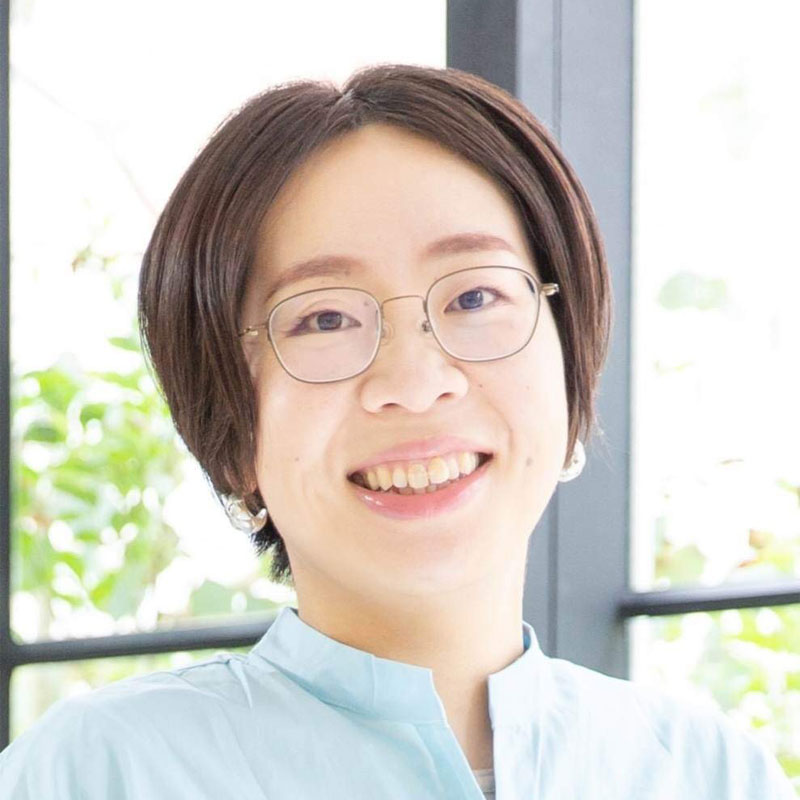
Chiba Kozue, Oki Ofusha
Born in Tokyo, 1985.
In the employ of the Oki Ofusha facility, Chiba is engaged in a wide range of “island cultural projects” such as guide services for tours around Oki Jinja Shrine, poem competitions, provision of Japanese-style meals, and support for continuation of the local bakery business through the Oki Ofusha facility. In 2021, she opened an office called Chiayado, offering design, cleaning, creative, and other services. Since 2023, she has been working full-time as a freelancer for various clients, and has been practicing how to work in multiple organizations, drawing on her experience.
Cultural Tourism to Enhance Creativity
Sakai Itto
With the islands of Oki and the town of Ama as your base, you have proposed and provided a framework for a way of sightseeing that is different from ordinary tourism. Please tell us about your thinking regarding travel.
Aoyama Atsushi
My stance on what we should aim for has changed somewhat between now, when I am running Entô and the time when I was working with the Ama Town Tourism Association. When I was with the Association, I was engaged in designing tours of the islands. There, I was focused on how often and how authentically tourists could be in contact with the climate and culture of Ama and what makes the location distinctive. I found that by a kind of process of subtraction—eliminating lifestyles that can be found anywhere else other than this land, I could increase the authenticity of the experience.
A number of ways to interact with people from outside the island have been practiced in Ama, such as performing folk songs, teasing people in dialect, and sitting down with the islanders at local bars night after night. To be sure, those are pleasures that attract visitors to this island.
While showing people around the island and picking up and dropping off guests at their lodgings, I enjoyed being able to bring them together with local people, the landscape, seasonal ingredients, and other spontaneous encounters that were made possible because of my presence as an island resident. One thing I have always tried to do is anticipate spontaneous happenings that cannot be fully designed and do what I could to facilitate such possibilities.
Sakai
What we experience or encounter by chance is exactly the topic I want to delve into regarding travel. And now that your perspective has shifted with your base at Entô, please tell me how your thinking has changed.
Aoyama
When I launched Entô, I wanted to offer attractions of a different sort from the ones I described earlier, because I wanted to meet people who had never visited the island before.
I wanted them to be able to come to the island and, in the stillness after enjoying the mild climate and clean air and bringing the experience into themselves, make time for introspection. Furthermore, the Oki islands offer environments in which we can empty ourselves, and heighten our awareness of living within the vastness of nature of which Ama and the Oki islands are a part.
The mission of Entô is to invite people from around the world for whom this way of spending time is part of their daily lifestyle, who feel the attraction of travel and cherish it, and who will bring new affinities to Ama by doing so.
Sakai
When it comes to cultural tourism, there are definitions provided by the Agency for Cultural Affairs, as well as by various local governments and entrepreneurs, but I feel that what you just described is also a form of cultural tourism.
One travels in search of the climate, culture, and character of the land that can only be found in a certain place. We encounter things that cannot be achieved by design but are certainly there and which we experience as chance will have it. Through such encounters, we can return to ourselves. It is “travel for the love of culture,” the purpose of which is to be with the local climate, people, and the character of the land—it is completely different from “tourism for excitement or entertainment.”
I think that when we come in contact with the authentic—with contexts that are specific to a place—we can return to what is naturally within us, revert to what is fundamental in ourselves. Then, when we return to daily life after the trip, the fundamental things within ourselves that we rediscovered stay with us. In any case, that is my image of one approach to cultural tourism.
Aoyama
What you have said is truly inspiring.
Culture is creative, isn’t it? You remind us that cultural tourism might have the potential to allow visitors to become more creative through travel.
Among the programs for visitors to meet people of Ama that I designed for the Tourism Association is the “Ginko Tour.” One of the famous names associated with the Oki Islands is that of retired emperor Go-toba (1180–1239), who was exiled here after his revolt against the Ashikaga shogunate failed in 1221. He was the compiler of the classic Shinkokin wakashu anthology of poetry and continued to edit the anthology while living in Oki. For the Ginko Tour, veteran poets compose waka, haiku, and tanka verse based on their familiarity with the poems of Go-toba.
This program has been held for decades, and I feel wonderful when I see how visitors will compose poetry, even if the gathering is held in the midst of a typhoon. Their creativity and approach to travel are a precise fit with the Ama concept: “There is nothing we do not have here.”
I would like to ask Chiba-san about this also.
Our Sensibilities Update Themselves When We are Away from the Everyday
Chiba Kozue
I worked with Aoyama-san when he was at the Ama Town Tourism Association. While he started focusing on accommodations by launching Entô, I am now working for Oki Ofusha, a tourism-related company.
Oki Ofusha offers content themed on Oki Jinja Shrine and its connection with retired emperor Go-toba. Rather than tourism, we focus on history and culture. Working in these contexts, I’ve found that some people visiting from outside the island have quite a refined view of culture; they can really appreciate the value of this heritage. There are more fans of Go-toba than you might think; he is widely respected as a great poet.
Go-toba’s revolt failed and he was exiled to Oki, and the tone of his poems changed after that. I have the impression that he had formerly composed poems in his position as emperor. After he came to the island, however, he wrote poems with the feeling of “just being there,” regardless of his august title, even though he was full of sorrow at having been exiled to the island. For example, he wrote poems as he saw fishermen burning used nets, farmers planting rice, and other scenes that he had never encountered as emperor. Poetry specialists say that he was able to rise to the next level as a creator, or rather, he was happy as a poet, because his circumstances had changed.
Aoyama-san uses the word “creative,” but I think the word “expression” fits well. Expression means bringing one’s own feelings to the surface. Culture is something that contains aspirations or prayers that one wants to convey. A simple trip may be just for a change of pace, but when you go on a cultural journey, you may somehow find it helps you express yourself. For example, you may develop a sixth sense and your way of expressing yourself may change; the way you look at things may change, or the taste of what you cook may change a little, even from the next day. Travel causes what comes out of you to be updated.
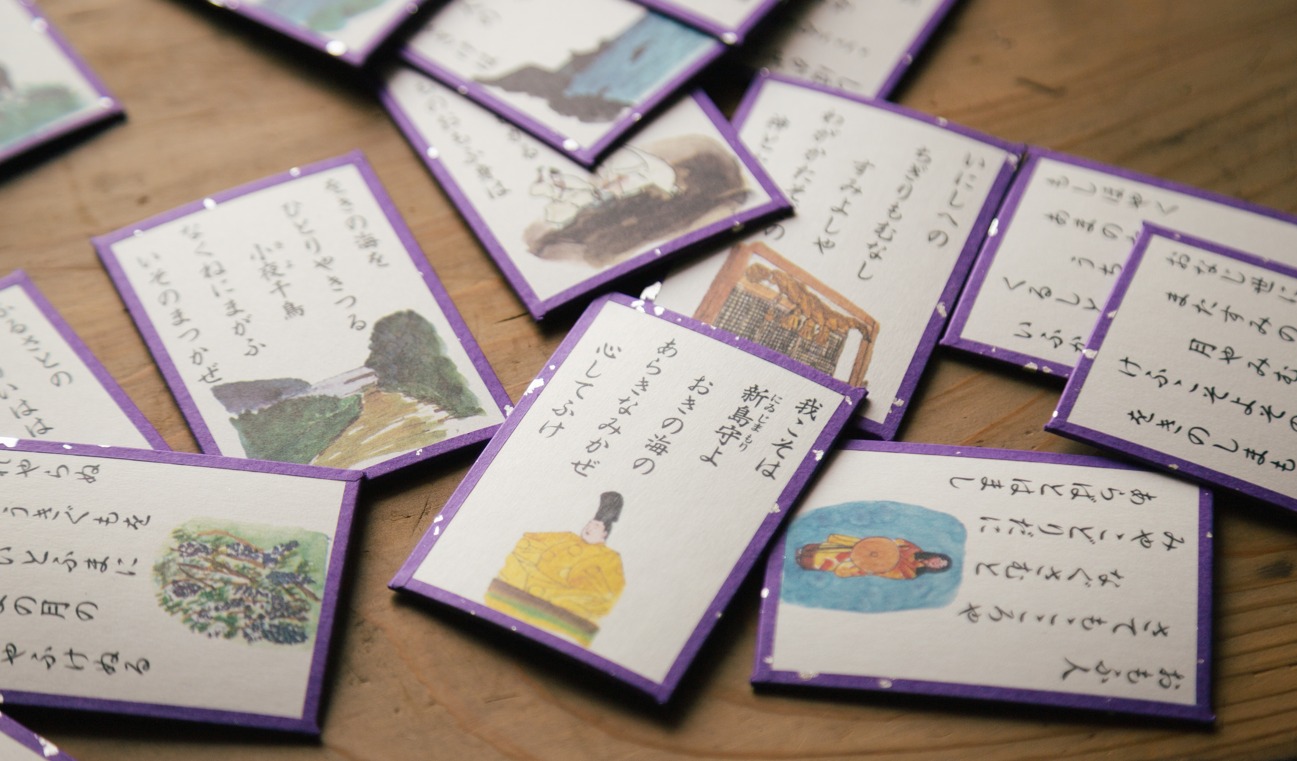
Sakai
It would be great if such a thing happened as the result of a journey.
Go-toba was forced into his situation by the island exile, and then he wrote poems about what he encountered. However, we who live in modern times can connect to other contexts, removed from our daily lives, when we travel and return to our true selves. We can rebuild the context anew in ourselves. I felt like that while listening to your story.
Aoyama
You express it very well. One of the important values of staying at Entô is the opportunity it gives guests during their stay to “unlearn” acquired responses or behaviors, and to have them spend time, as Sakai-san says, connected to a different context.
Chiba
When I traveled around the world long ago, I felt that, rather than encountering new things, I was returning to my own “axis,” so to speak. I was kind of rediscovering myself. The things I went to see and tried to draw or sketch didn’t change, and I remembered things from my childhood that I had forgotten.
However, that experience is not limited to travel. Even while living in Ama, I have had the same feeling from talking with someone visiting from outside. It could depend on how much people can get outside their everyday comfort zone rather than the distance traveled or the destination itself.
Individualized Communication to Address the Unique Needs of Each Visitor
Sakai
When people who love culture decide to go to Ama or Oki, what does it take to make a trip that stimulates their creativity? In order for the circuits of their sensibilities to open, I think there has to be some kind of chance encounter at the beginning. That would be the first opportunity to get in touch with the customs and culture of the people of the island and the character of the land. In Ama, I believe the chances of having such encounters are good even if we just leave people to their own devices.
It would be nice if they could meet the designers and architects who live and work in the community, because those people have a perspective on how to convey the charm of the area to the outside. However, I don’t think that people in the community who have their own work can handle “chance encounters” with each and every person who comes along. Showing people around the community and providing introductions are often services that are performed for free. While it is fun to communicate with visitors, it still requires invisible costs such as time, labor, and various kinds of special care.
Especially in places like Oki that are attracting attention as a case study of local revitalization, requests are concentrated on people who serve as contact points with the outside or who are attractive local people to meet. For visitors, it is their first opportunity for encounter, but it is important to consider how a healthy continuity can be achieved for those who receive them.
Aoyama
If such resource people have some kind of cash-generating content they provide as a business, we can arrange to have visitors meet them informally instead of formally.
If it’s Entô, money comes in as long as the guest stays there. At Entô, we emphasize optimization for each individual when welcoming guests, and we try to communicate with each guest according to his or her personality. That’s why we think it’s good to invest in invisible costs.
When hiring staff at Entô, I don’t look for so-called hotel staff but focus on whether the person values the way they are as islanders. We don’t need to run Entô by some kind of manual, and we want to be a lodging where people will feel “if I hadn’t met you, it wouldn’t have been such a good trip.” We should be able to establish that kind of rapport when responding at check-in and when serving meals.
Sakai
I had the feeling that was what Entô is aiming for, even though I stayed only once for two nights. It is a place I want to travel to again, and a place I want to return to. I want to meet the people I met there once again, and I want to see the scenery I saw through that person again. That is exactly how I felt.
Chiba
I think it is also important to “sell” properly. It is not always the case that the benefits for visitors and the stance of the islanders who welcome them are the same. People who want to visit the island and talk to local people don’t want to have just small talk; they want to learn more and communicate more deeply. It may be good to design products properly for such visitors. Selling desirable products helps local hosts get in gear for some kind of interchange. It also arouses a spirit of being more creative as publicists for the community. It would be good if we could find a win-win way for visitors and islanders to connect.
I also work as a guide, and I always think about how we can awaken visitors’ sixth sense while stimulating their other senses. For example, I get them to imagine the meaning of a stone monument by telling them its history, call attention to the transparency of the sea water, which is especially clear at that time of day because the sun is high, or point out that the sunlight makes the fresh greenery of the leaves look especially rich. I am not an expert on historical sites, so I make a point of using language that will help raise visitors’ awareness of what they are seeing.
I am interested in the creation of some kind of “tool” that would allow visitors to have a different experience from the usual. One idea would be to have them use the three hours of the voyage to Oki by boat for exercises in introspection. For example, they could come up with some questions they want to ask, try recording their own voice, write a poem, and so on. It would be also nice if the material they made their tool of was Sekishu washi paper, a cultural asset of Shimane Prefecture, or if they incorporated the motif of a temple somewhere, or if their “tool” were made with something that gives a sense of the culture of this area.
Sharpening the Senses at Local Sights
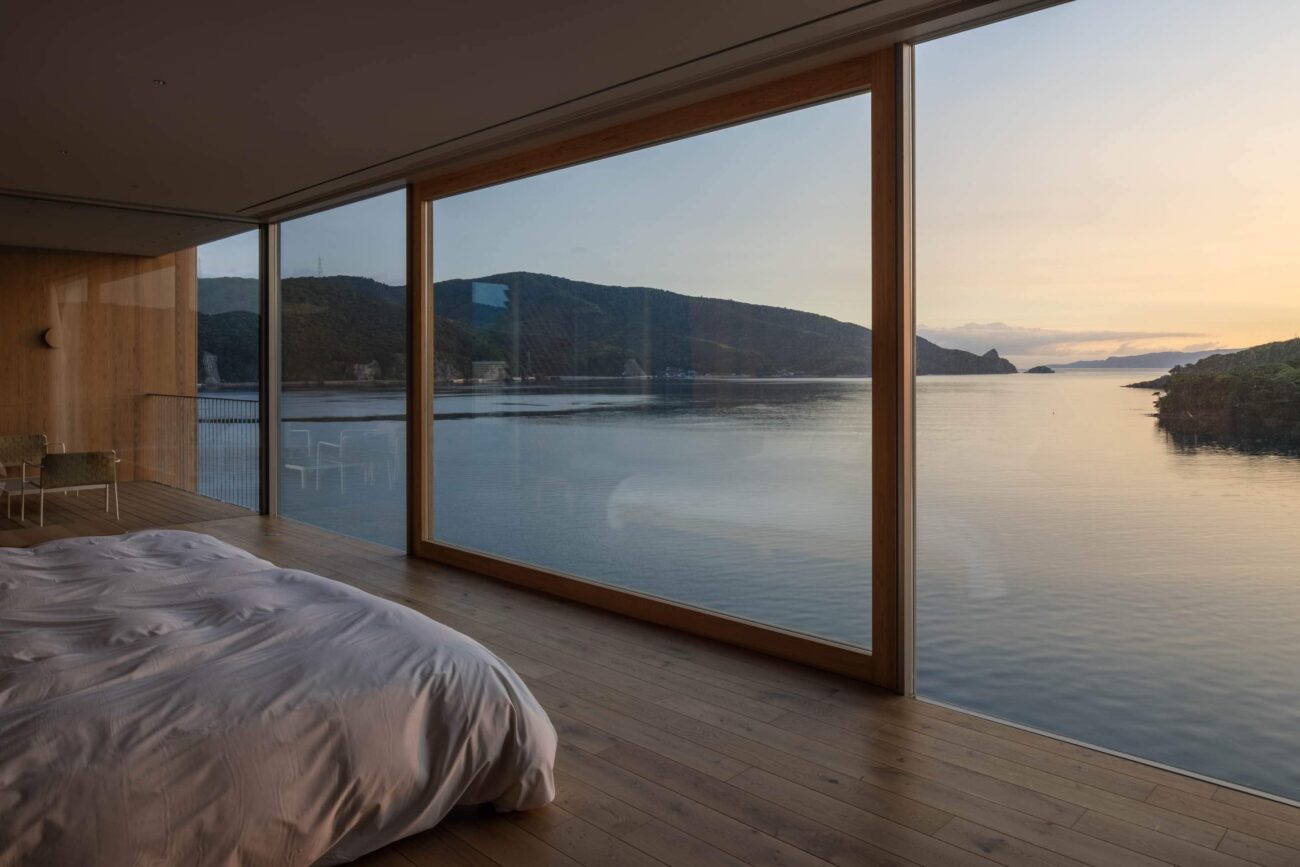
Sakai
The various stories you have been sharing here together illustrate the diverse modes of cultural tourism. Do you have any specific recommendations of sightseeing spots for future visitors to the Oki Islands and Ama Town?
Aoyama
To share a personal experience, I once had my family stay at Entô. The night they arrived, I noticed my son just sitting in a kind of daze on the sofa in the Geo Lounge on the first floor gazing out the window late into the night.
He got up around sunrise the next morning, and he and I watched the sun come up together on the sofa. That time was a great experience for him and for me. The Geo Lounge is open from 6 o’ clock in the morning, and anyone can enter even if they are not staying at Entô, so that is a spot I recommend.
Other than that, Oki Jinja Shrine at night is also wonderful; everyone should go there.
Chiba
I recommend Nishinoshima Island. Going on a three-kilometer walk there is good. Specifically, people should see the Tsutenkyo Arch, a mysteriously shaped rock on the coast. It is really big. I also recommend they climb up to Takuhi Jinja Shrine. The shrine is kind of half sunk into the cliff. There is something curious about the close integration of the natural and the artificial there. I also recommend going from the bottom to the top of the path along Matengai Cliff.
In Ama, I recommend Mt. Kinkoji. If you know who the poet and calligrapher Ono no Takamura (802–853) is, you will enjoy it even more. The moss-covered scenery has the mysterious feel of having entered the world of a Ghibli movie.
Sakai
It would be nice if guests who visit such spots could explore travel as a form of cultural tourism, rather than just for sightseeing. It would be wonderful if they could see the island with the eye of a poet. People who love culture could come to see and feel the local scene from a cultural perspective.
But it is difficult to see things that way merely on a short visit, isn’t it? What can we do to allow them to see things of this island that are not immediately visible to the eye?
Chiba
I think it is interesting to trace what we remember of impressions on our five senses as we walk the roads. For example, how many colors did we see and which color was the most beautiful, how colors we see in the morning differ from those at night, the color of the sea, which differs from one day to the next, and the color of the rocks, which changes when it rains.
Or what kind of sounds do we hear? How does it feel walking barefoot on the grass or on the beach? It is also good to write down the adjectives that come to mind. We can start with cliches—like “beautiful”—and then follow up with more and more exact words that fit our own sense of things.
If we prepare a list of such many impressions and questions in advance and just walk around the island while taking notes, we notice many things. In the meantime, we can get away from thinking about our everyday lives and work.
If we come to Ama after taking in the vastness of the natural landscape on Nishinoshima Island with our five senses, we will have a different impression of the liveliness of the port and the friendliness of the islanders.
Sakai
That sounds wonderful. It seems to me that it would make for a great experience to come to Oki and put into practice the approach Chiba-san has just described. Moving about with no guide, just on your own, would the best way to feel the landscape, colors, sounds, and tactile sensations of Oki. You would feel with your own body and senses the experience of coming to this island and walking on its soil.
In turn, that experience leads to reliving the culture and climate that the people of this island have built. Experiencing nature and enjoying local culture are by nature very different, but in order to understand the culture that is rooted in the land, it is also important to be in touch with the land itself. I believe people who love culture are instinctively seeking such an experience.
Postscript
When people who travel can gain the perspective of those who welcome them in a place, they can better imagine the lives of the people who pass on that local culture. That way, I think there is a possibility that visitors can come in contact with the culture in a way that is deeper than that afforded by the usual tourism.
If we just want to enjoy services that are provided, we can simply pay for the sightseeing content of the experience. But if we want to try to build mutual relationships in a place, we need to create a two-way dynamic in cultural tourism. One-way relationships do not achieve that.
People who love culture travel to know, learn, and make contact with the context of local culture within which people live. Beyond that, the pleasure of becoming a fan of the destination, supporting its culture, talking about it to others who have not yet seen it, or making it part of your own legacy, awaits. Let us launch travel for the love of culture and find destinations that we will want to visit not just once, but again and again.
Interview Cooperation
Entô
1375-1, Fukui, Ama-cho, Oki-gun, Shimane 684-0404, Japan
Tel 08514-2-1000
https://ento-oki.jp
Oki Ofusha
1784, Ama, Ama-cho, Oki-gun, Simane 684-0403, Japan
TEL 08514-2-2311
https://okiofusha.co.jp
Chiayado
https://chiayado.amebaownd.com
Poem Composing Tour
Contact: Ama Town Tourism Association
https://oki-ama.org







